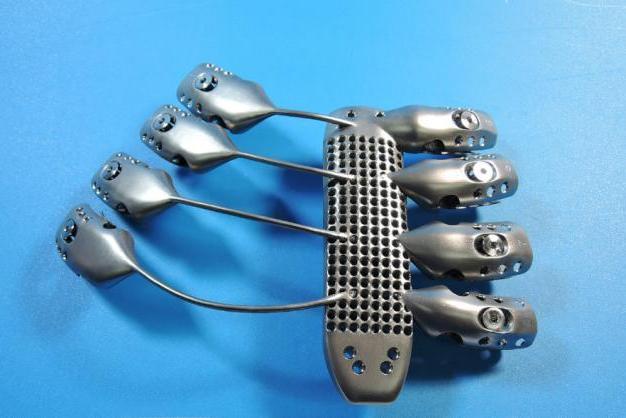MELBOURNE, Sept. 11 (UPI) — Surgeons in Spain implanted a set of 3-D printed, titanium ribs into a man with a chest wall sarcoma to replace his own ribs that had to be removed.
Chest wall sarcomas are tumors that grow around the rib cage, making them difficult to remove and often requiring tricky prosthetic work that carries risk for patients.
While titanium flat and plate implants are often used in chest surgeries, screws can come loose over time, in addition to other potential complications. The surgeons opted for a 3-D printed implant because it could be completely customized to the patient’s body, rather than adapting uniform pieces and hoping they fit right.
“We thought, maybe we could create a new type of implant that we could fully customize to replicate the intricate structures of the sternum and ribs,” said Dr. Jose Aranda, a surgeon at Salamanca University Hospital in Spain, in a press release. “We wanted to provide a safer option for our patient, and improve their recovery post-surgery.”
The surgeons worked with two companies in Australia, CSIRO and Anatomics, to design the structure of the rib and sternum piece the patient needed.
The implant was based on high resolution CT scans of the 54-year-old man’s chest wall and tumor, allowing surgeons and designers to plan precisely for his body. The design was then fed into an electron beam printer, which melts powdered titanium and slowly constructs the implant with layers of the medical-grade metal.
The company has previously printed heel bones and mouth guards customized for patients using similar surfaces, and said that the construction process is completely customizable in ways that implants built by human hands can’t be.
“The advantage of 3D printing is its rapid prototyping,” said Adam Knight in a post on CSIRO’s website. “When you’re waiting for life-saving surgery this is the definitely the order of the day.”
An article detailing the procedure is published in the European Journal of Cardio-Thoracic Surgery.




